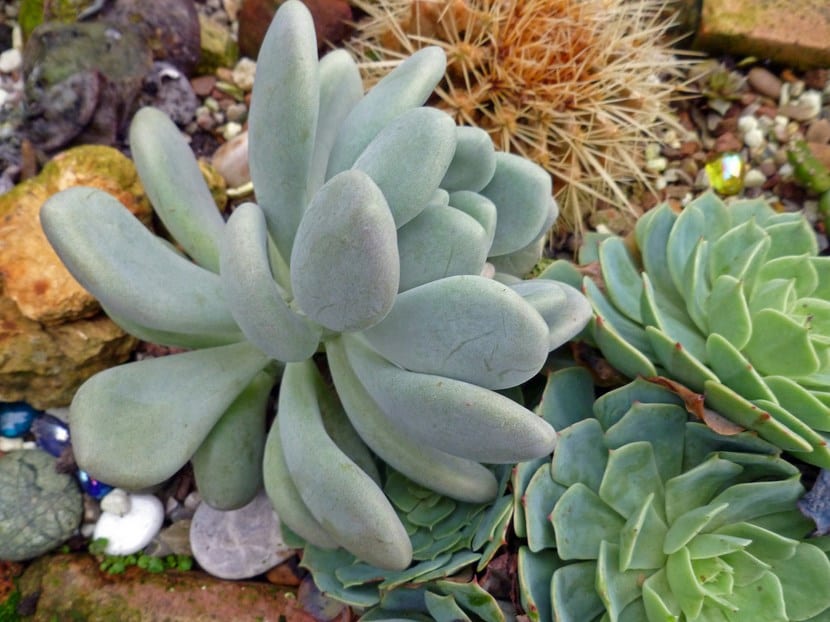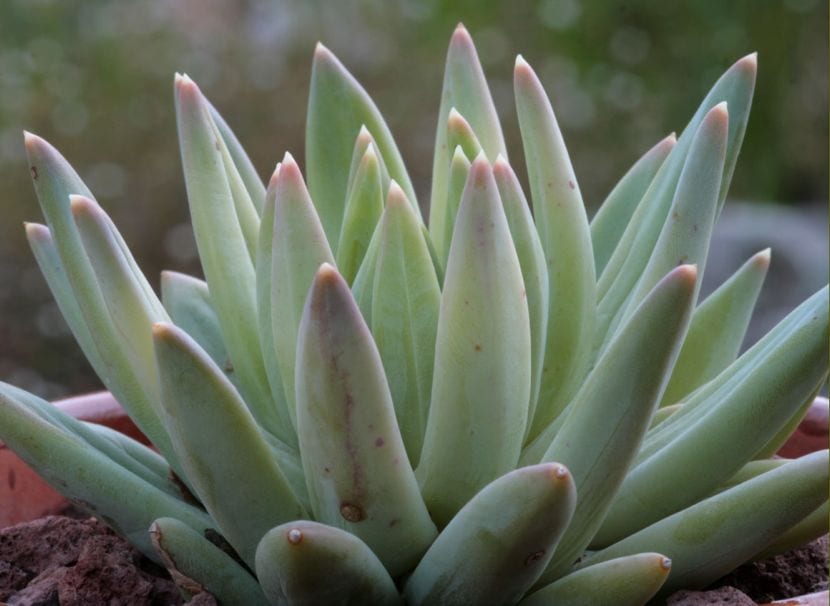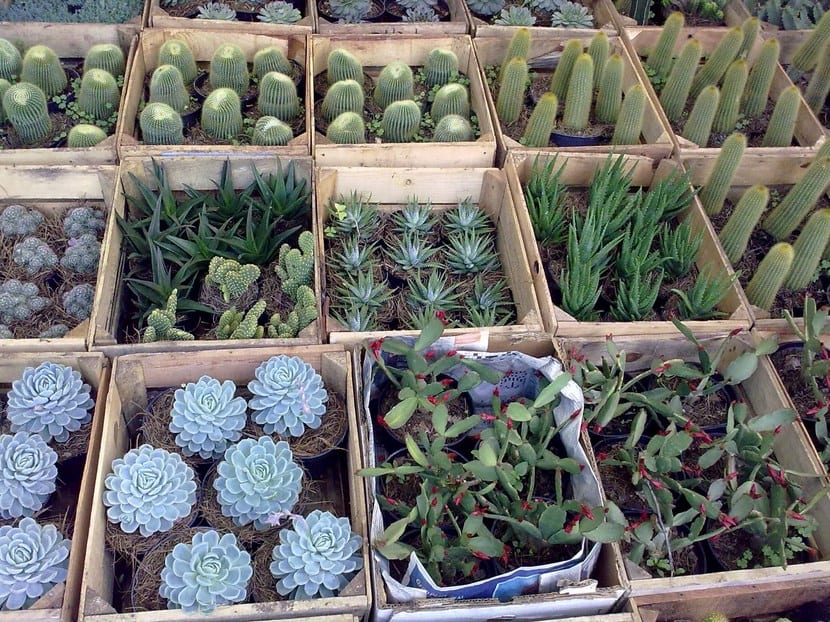
It is very important that we bear in mind that when the succulent has a little withered leaves does not mean that our plant is experiencing something or in the most extreme cases may be dying.
Generally, most plants including succulents lose their leaves and as it develops, new leaves appear while those that are already very old fall off. So, in the event that the leaves that are in the lower part of the succulent begin to fall, we do not have to worry since it is something completely normal.
Causes why our succulent can get sick

At the moment in which we see that the leaves have an unpleasant or deteriorated appearance, we just have to tear them off very delicately.
It is important to do this decisively but without exaggeration, we must not force our succulent in case the leaves do not come out easily so that we do not harm the roots. After we have removed all the deteriorated sheets, we will be able to notice that our plant now looks healthier.
There are many reasons why our succulent can get sick to the point of death, such as watering them excessively and lack of watering.
Excessive watering
If we notice that the leaves that are on top of our succulent, that is, the new leaves, do not have a pleasant appearance, this is the moment when we have to worry. Water our plant in an inappropriate way it can be one of the main causes of why a succulent dies.
If we notice that the color of the leaves is turning yellowish and at the same time translucent or if when we touch them we feel that are soft or moist, this is most likely caused by putting in too much water. If the leaves begin to fall just by touching them, this may be an indisputable sign of excessive watering.
If the damage only affects the leaves of the succulent, the plant can recover normally. It is necessary that we remove all damaged leaves and in turn limit the amount of water we use to water our plant. On the other hand, if we discover that the succulent has black sleeves just on its stem, then the problem has a higher level of severity than we had imagined, since if the stem rots, the plant will die no matter what. let's do.
These kinds of problems appear very often in succulent echeverias. These types of succulents are extremely sensitive to excessive watering and only two days of exposure to a soil with high humidity is enough for their rosette to begin to decompose.
To save our succulent In case we have watered it excessively, we can do the following:
- Reduce the amount of water when watering them.
- Make a land change so that it can be drained properly.
- In case the stem of our plant is damaged, we must cut the plant from the top and then plant it so that we can have a new and healthy succulent.
- We should not water the plant until the soil is completely dry.
- Change the soil if we notice that it is not draining properly.
Lack of water

Despite the fact that most of the time one of the most frequent problems in terms of the care of a succulent is excessive watering, there are some species of this plant that are quite sensitive to the lack of water.
One of the most common symptoms is that the leaves on the top of our succulent begin to dry out or wrinkle. When we realize this, we will probably just have to give our plant a little more water, if we water them properly, they will soon be able to recover completely.
However, it is important that we bear in mind that if the succulent is too dry to the point of not being able to revive it, then we can't do anything anymore.
It is easier to replace our succulent if we have only watered it with little water, than one that has been exposed to too much humidity. Anyway, the appropriate thing would be to give our succulent a quantity of water that is correct.